5 Tips to improve and reduce bounce rate
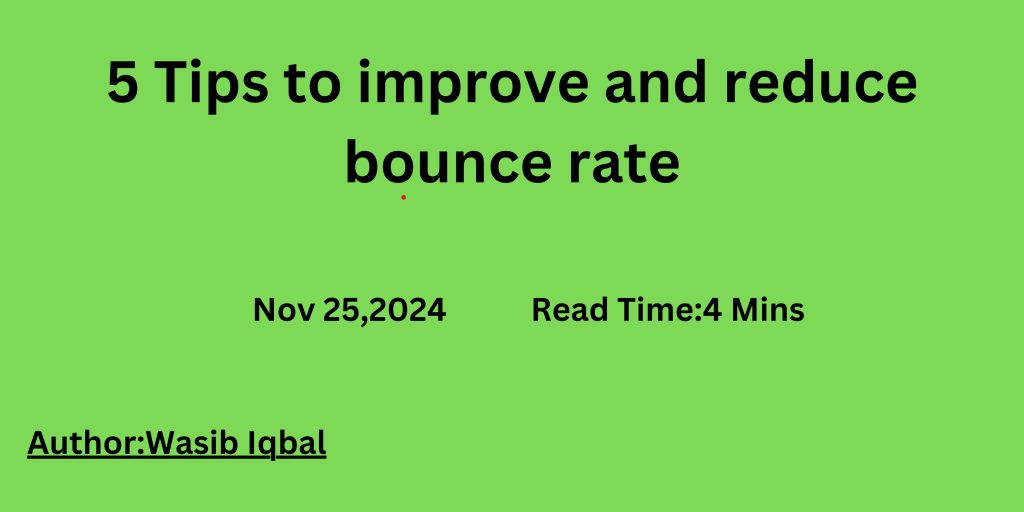
Would you like Wasib Iqbal to handle your marketing needs? Click here
What is bounce rate?
Bounce rate refers to the share of customers who go to a webpage and leave without performing additional moves, consisting of clicking on a link, navigating to another page, or finishing a form. It is a Sensational metric to evaluate how enticing and relevant an internet site’s content material is to its visitors.
-
- A high rise price suggests that the page content material isn’t always assembling consumer expectancies
-
- The user experience is missing, or there are technical issues, which include include slow loading times.
-
- Reducing the bounce fee is crucial for enhancing consumer retention and average internet site performance.
A high bounce rate can signal issues with website relevance or usability, potentially affecting SEO performance.
- Reducing the bounce fee is crucial for enhancing consumer retention and average internet site performance.
5 tips to improve bounce rate?
1-Increase Page Load speed
Enhancing web page load pace is important for lowering leap charges and enhancing user enjoy. Compress pix, use a Content Delivery Network (CDN), and allow browser caching to ensure quicker loading times. Minify HTML, CSS, and JavaScript documents to lessen page size, and upgrade to a reliable website hosting carrier for best overall performance. Fast-loading pages hold customers engaged and save you frustration.
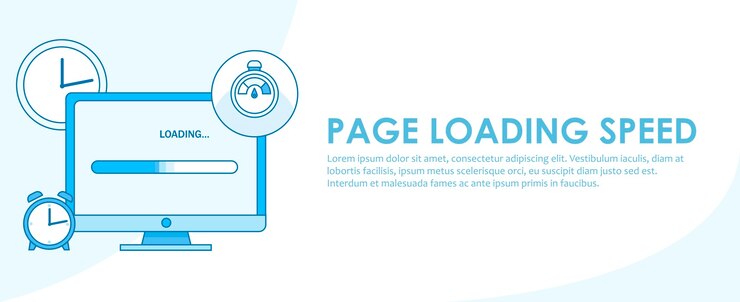
-
- Use Google PageSpeed Insights: Analyze your website’s performance to identify bottlenecks.
-
- Enable Browser Caching: Store website resources domestically on users’ devices for quicker repeat visits.
-
- Optimize Hosting: Choose a reliable net host with speedy servers to decorate overall performance.
2-User friendly website
Making your internet site cell-friendly is crucial in modern-day virtual international, as a part of web traffic comes from cellular gadgets. A responsive layout guarantees that your internet site robotically adjusts to shape any display screen length, imparting customers the most suitable viewing enjoyment.
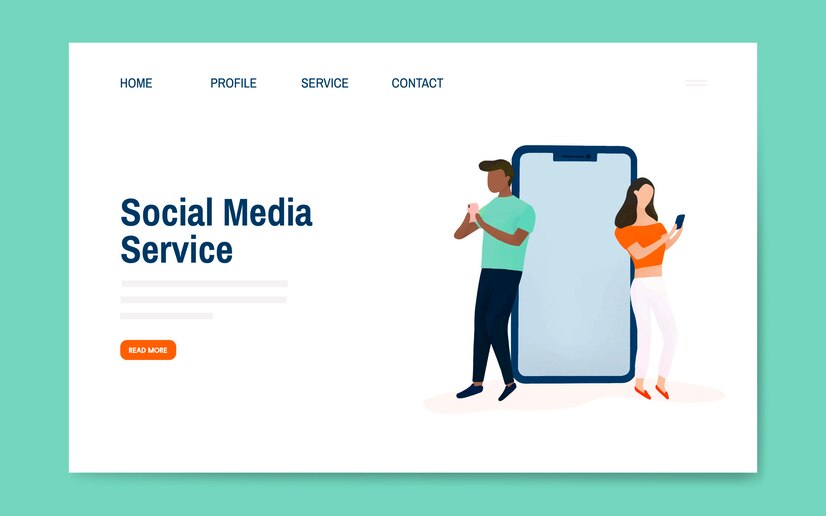
Ensure Responsive Design: Adapt your website to suit all display sizes seamlessly.
Simplify Navigation: Create an intuitive layout that is simple to use on smaller monitors.
Use Larger Fonts: Improve clarity by making textual content clean and smooth to examine on mobile gadgets.
Optimize Buttons: Ensure buttons are appropriately sized and effortlessly tappable.
3-Use strong Cal-to-action(CTA)
Strong Call-to-Actions (CTAs) are crucial for steering website visitors toward preferred moves, including signing up for a publication, purchasing a product, or exploring more excellent content. A well-crafted CTA grabs attention, affords clear commands, and encourages engagement. To create powerful CTAs, use movement-oriented language that communicates the value of the motion. For example, in preference to “Submit,” use terms like “Get Started” or “Claim Your Free Trial.” Additionally, layout CTAs to face out visually by using contrasting shades and putting them in distinguished places, which include above the fold or at the quit of blog posts.
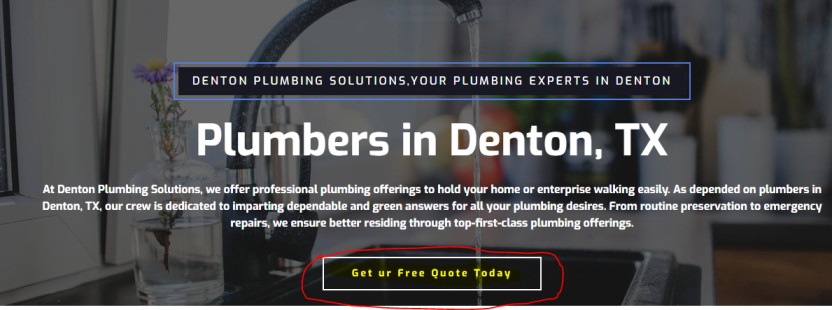
Use Action-Oriented Language: Replace prevalent phrases like “Submit” with enticing phrases like “Get Started” or “Download Now.”
Highlight Benefits: Emphasize how users will benefit from clicking the CTA (e.g., “Claim Your Free Guide”).
Make CTAs Visually Distinct: Use contrasting.
4-Optimize Internal Linking
Internal linking is a powerful strategy to enhance your website’s personal revel and search engine marketing while lowering bounce charges. By linking to related content material within your website, you assist traffic in finding out extra valuable facts and keep them engaged for longer intervals. This also improves web page navigation, making it more straightforward for users to locate relevant pages. From a search engine optimization angle, internal links assist engines like Google in recognizing your web page’s shape and content material hierarchy, boosting your scores for centred key phrases
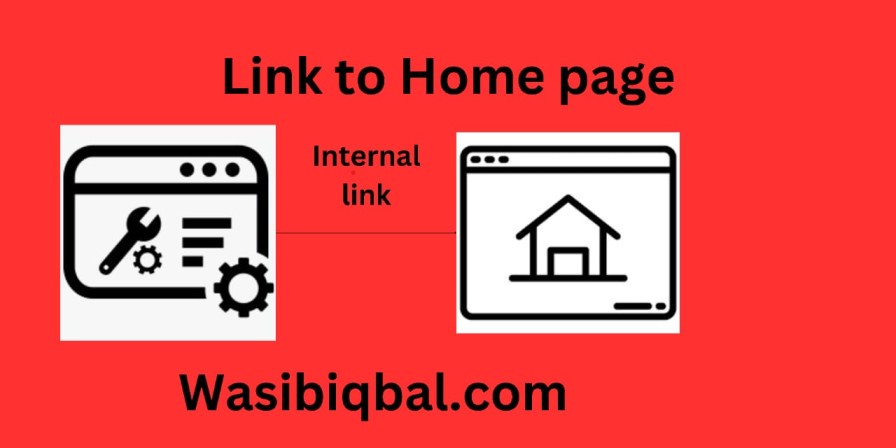
Link to Relevant Content: Connect pages with related records to engage users.
Use Descriptive Anchor Text: Write anchor textual content that suggests the connected web page’s content material (e.g., “Learn greater about search engine optimization strategies”).
Prioritize Key Pages: Focus on linking to pages vital for search engine marketing or conversions, such as offerings or product pages.
Add Contextual Links: Integrate hyperlinks obviously into the content for an unbroken consumer to enjoy.
5-Simplify Navigation
Simplifying your internet site’s navigation is essential for boosting person experience and maintaining site visitors engaged. Complex or cluttered navigation menus can frustrate customers, mleadingto higher leap rates and missed possibilities. A well-organized navigation system facilitates users to quickly discover the facts they’re searching out, making their visit seamless and fun.
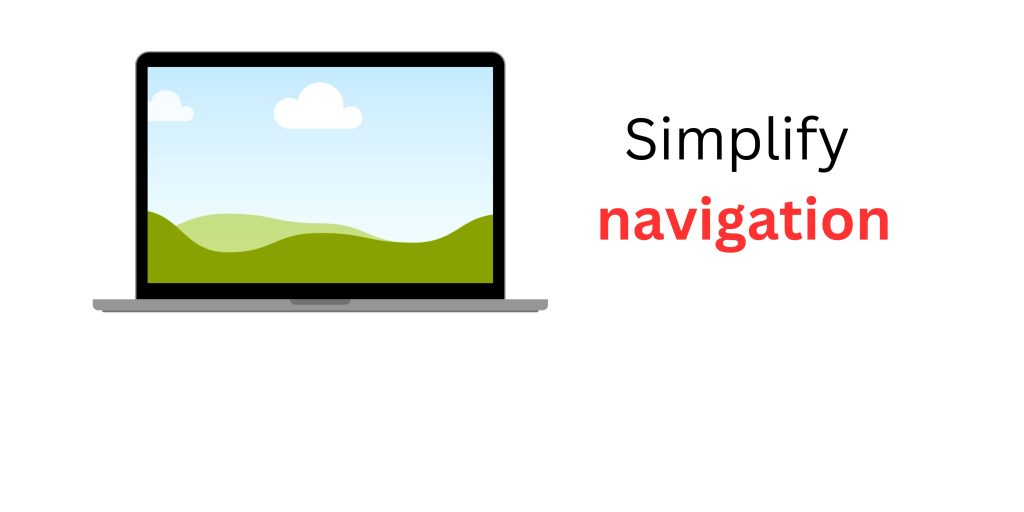
Limit menu items: Reduce menu options to avoid overwhelming users.
Use Clear Labels: Choose straightforward words like “Contact” or “Services” instead of ambiguous words.
Organize content logically: organize relevant pages under well-defined categories for easy access.
Make navigation mobile-friendly: Make sure menus work well on small, optimized screens.
